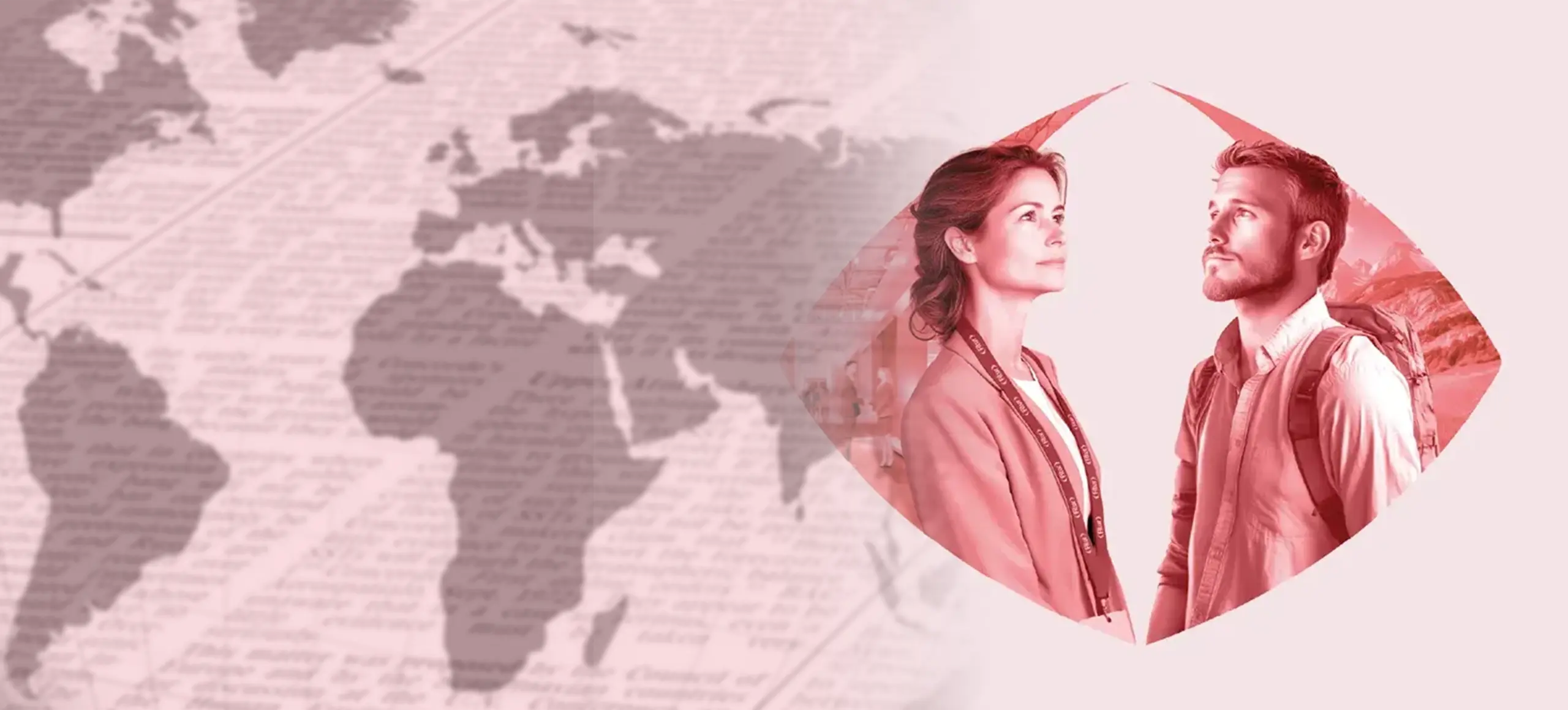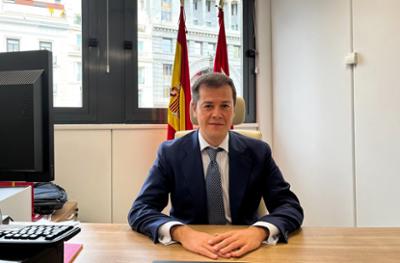

Luis Martín Izquierdo (Community of Madrid): "In the first months of 2024 the growth of international tourism will be consolidated".
Luis Martín Izquierdo, Vice-Minister for Culture, Tourism and Sport of the Madrid Regional Government, explains in the following interview how tourism in the region is performing in the first months of 2024 and the main changes and trends that are being observed. He also assesses the Community's participation in FITUR every year.
With what figures did the tourism industry close in Madrid in 2023?
2023 was a historic year, especially in terms of international tourism indicators and tourist spending in the destination. At regional level, we closed the year with 14.5 million tourists, more than 50% of them international, and with a tourist expenditure of €16,000 million, of which more than €13,500 million corresponded to international visitors.
How is the industry performing in the first months of 2024?
In January and February 2024, the months for which figures are now available, the growth of the international market has continued to consolidate, which is very positive for several reasons. On the one hand, it underpins the tourism model we are working on, which aims to make Madrid a long-stay holiday destination, not just for one or two nights but for three, four, five days and even a week, as we are already achieving with some markets such as, for example, the Latin American ones. And this has a very important impact in other areas such as spending, because international tourists, especially long-haul tourists, spend more than national tourists and, above all, it helps us to deseasonalise to a large extent, especially on weekdays, as they do not only travel at weekends.
Therefore, the balance so far this year is very positive because the growth of the international market is consolidating, especially from the United States and Latin America, and the recovery of the Asian markets is also starting to pick up.
What changes in trends are being observed this year?
The outlook for 2024 as a whole is very good because we are seeing a change in the trend of the old low seasons in Madrid, which were in January and February and even in July and August. Now, these are months when international tourism, especially, is growing, which helps us to have a much more balanced tourism management model throughout the year. Moreover, it is a model in which these tourists, coming from distant markets, come for more days and also begin to leave the Spanish capital to visit other places in the community and the country.
Which tourism segments or niches do you plan to further develop?
We have a strategy with which we are trying to develop the different tourism products in Madrid, including, for example, MICE, which is a key industry for us and on which we are focusing a lot, both at the City Council and at the Regional Government. Another of our main lines of work is holiday tourism linked to Madrid's gastronomy and cultural agenda, which is one of our mainstays at international level. We also want to be an attractive destination, beyond the great physical icons, to enjoy concerts, festivals, temporary exhibitions, gastronomy, hospitality, etc.
What does Madrid's participation in FITUR mean each year for boosting tourism in the Region?
FITUR is probably the most important international tourism fair in terms of volume. And for Madrid, as a host region and for many other reasons, it helps us a lot from a commercial point of view to be able to present our value proposition to operators from all over the world. In addition, it is very important for us to strengthen relations of all kinds, including at an institutional level, with other countries and source markets.
On the other hand, there is something that has become increasingly important for us in recent years and that is that, in addition to the offer related to the city of Madrid, other destinations in our region are increasingly present at FITUR, such as Alcalá de Henares, Aranjuez, Sierra Norte, etc. All of them are very active at the fair and offer, especially during the weekend, an important cultural agenda, with activities, gastronomic tastings, etc. These stands are a showcase not only for markets from other regions or other countries, but also for Madrid's own tourists.





